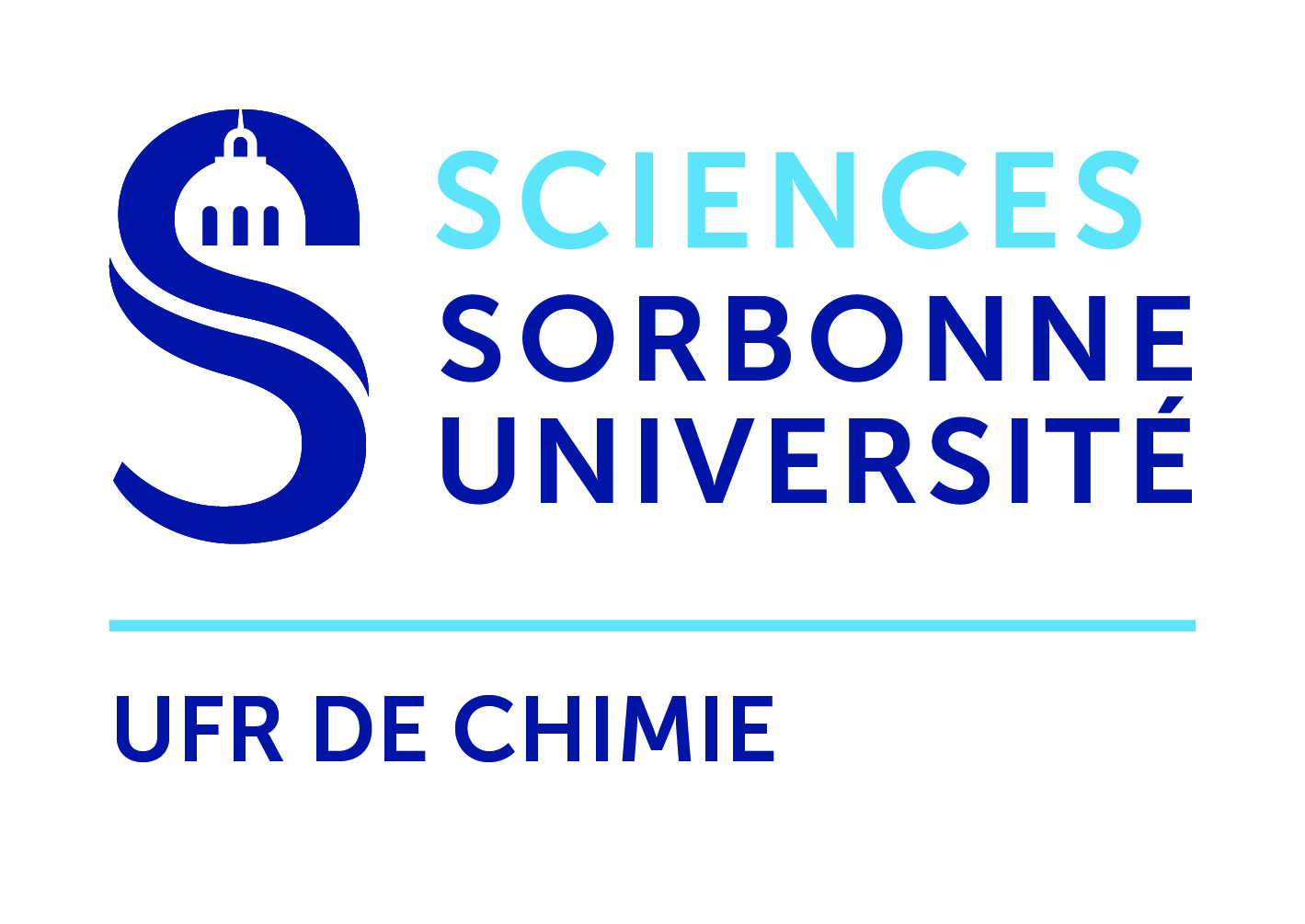Artificial optical bleaching of the Aluminium center in quartz implications to ESR dating of sediments
Résumé
Electron spin resonance (ESR) datingof quartz extracted from sediments may contribute to elaborate a Neogene and Quaternary chronostratigraphy, especially in the case of azoic deposits, when methods such as thermoluminescence or K/Ar cannot be applied. The ESR method is applicable for aeolian, littoral and fluvial sediments when quartz is zeroed or bleached by an optical phenomenon (photoelectric effect due mainly to UV solar rays in this case).
ESR dating on bleached quartz is based on the presence of paramagnetic substituted atoms in the crystal lattice. The Al-center can be optically bleached, and its signal intensity decreases in fossil samples versus exposure to the solar light. After a long time, the ESR intensity reaches a plateau value corresponding to the electrons which cannot be ‘‘extracted’’ by the light energy. These electrons represent a ‘‘residual’’ dose which must be subtracted from the total equivalent dose in order to obtain the archaeological dose.
Our kinetic study has the objectives of obtaining a new modelization and to establish a correct time of natural bleaching for using quartz sample as appropriate for dating. We have investigated samples from a fossil fluvial sand from the Creuse river terraces system (France).
Our experimental bleaching curve obtained is compared with that one previously proposed by Walther and Zilles (Quat. Sci. Rev. 13 (1994) 611).
| Origine | Fichiers produits par l'(les) auteur(s) |
|---|
